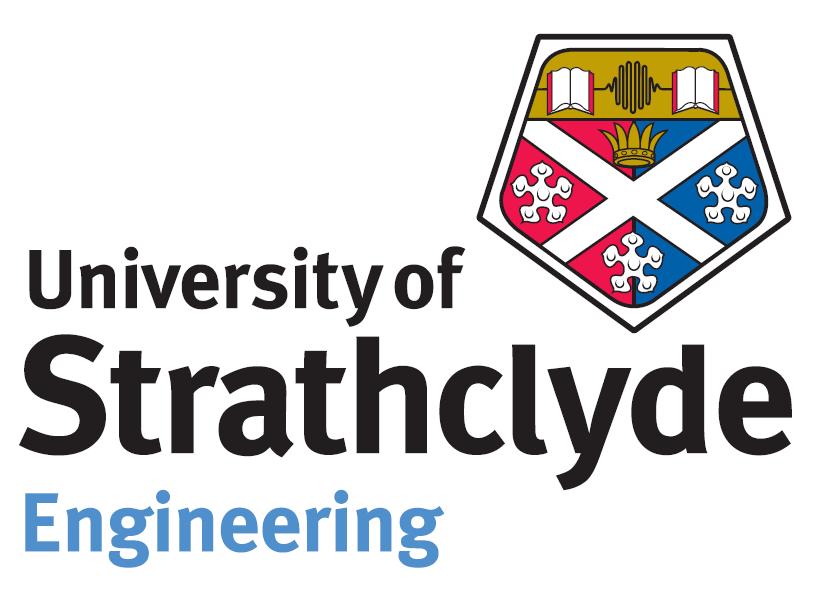Methodology – Systematic Study
The core aspect of this project was to produce a systematic study, using an open source BEM theory code, of the various design and contextual parameters that influence the power output of a tidal current turbine rotor. As the technology is still in its early stages of development, it is important to identify possible routes to optimisation for these devices. Below is a description of the methodology that we adopted for our approach, which can also be used as a guide for any future analysis of this kind.
1.User Selects Blade Profile
 The first stage of the process is the selection of blade profiles to be used in the turbine design/analysis code. It is advisable to research the types of profiles already used in the industry for the intended application, and make selections after considering their current applications within the marine industry.
The first stage of the process is the selection of blade profiles to be used in the turbine design/analysis code. It is advisable to research the types of profiles already used in the industry for the intended application, and make selections after considering their current applications within the marine industry.
2.Database or Research Reports
Once the blade profile has been selected, the blade profile coordinates can be found on either online blade databases UIUC and The Airfoil Investigation Database or from literature “The Theory of Wing Sections” by Abbott and vonDoenhoff.
3.XFOIL
The coordinates are fed into XFOIL to output Lift and Drag coefficients for a range of angles of attack for the particular blade. The minimum Cp (pressure coefficient) value could also be calculated so that the turbine can be designed to avoid cavitation.
4. Graph in Spreadsheet Programme
The outputs from XFOIL are input into Excel to produce a set of polynomials describing the lift and drag polars.
5. Polynomials entered into BEM code
The polynomial equations from Excel are entered into the BEM code as a subroutine to represent the new blade profile. This modified code is then compiled to create a program.
6.Run BEM Code
The BEM code is run, requesting from the user a number of inputs before outputting a set of results. Inputs include tip radius, root radius, chord length, inflow speed, tip speed ratio, pitch distribution, number of blades and water density.
7.Record Results with spreadsheet programme
The BEM program will output results for the turbine Cp, Power, Shaft Torque, Rotational Speed, Summation of Forces, Thrust Loading and Blade Root Bending Moment. These outputs can be recorded on an Excel spreadsheet and graphed for analysis.
8.Carry Out Analysis
A rotor assessment can be carried out by varying the inputs to the program and observing their impact on the power output.
9.Modify Profile
If the user decides to carry out analysis on a blade profile which they have not yet entered into the code, they may repeat the process from step 1.





